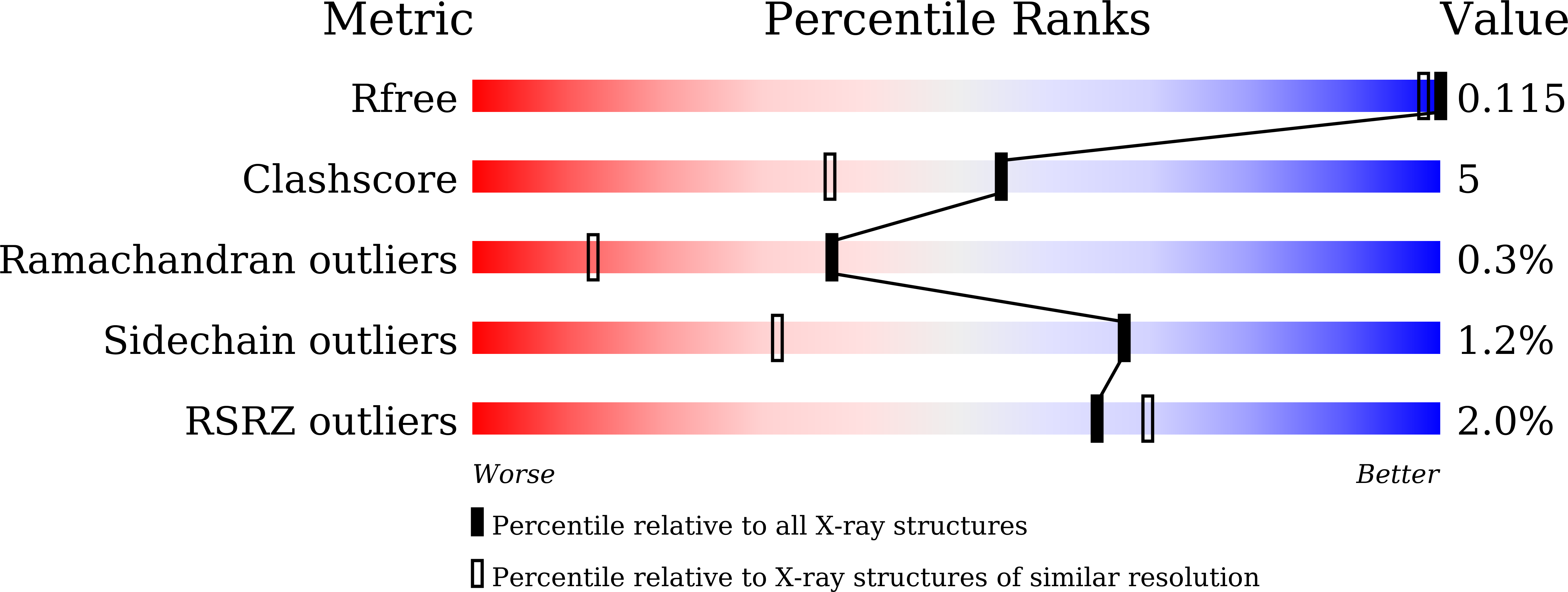
Deposition Date
2024-12-06
Release Date
2025-06-11
Last Version Date
2025-07-02
Entry Detail
PDB ID:
9KWU
Keywords:
Title:
D98N/C135A mutant of a copper-containing nitrite reductase in complex with nitrite
Biological Source:
Source Organism:
Host Organism:
Method Details:
Experimental Method:
Resolution:
1.12 Å
R-Value Free:
0.11
R-Value Work:
0.10
R-Value Observed:
0.10
Space Group:
H 3


